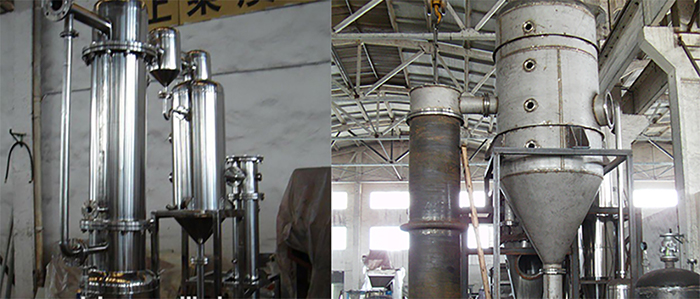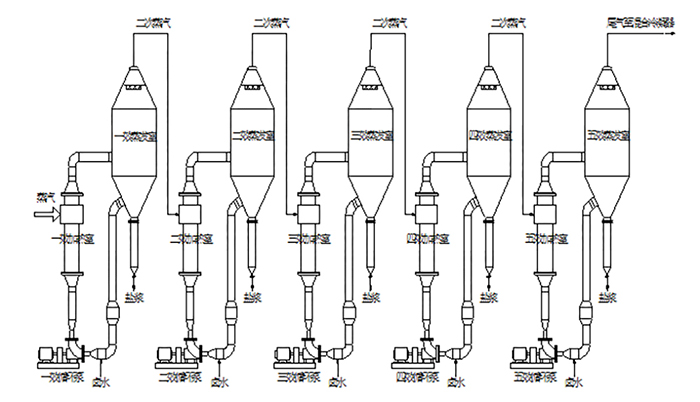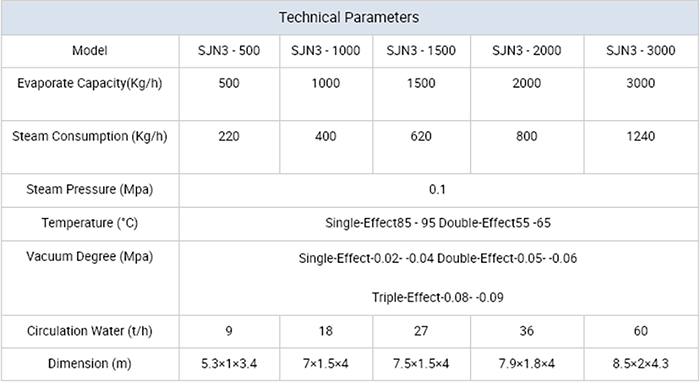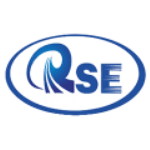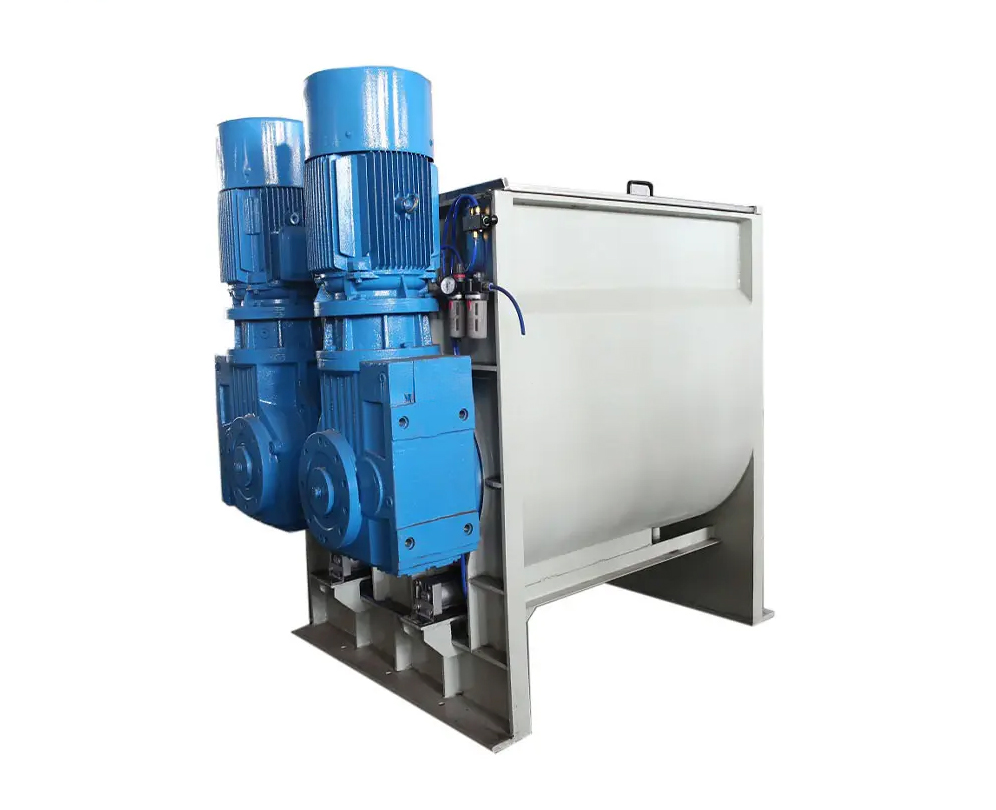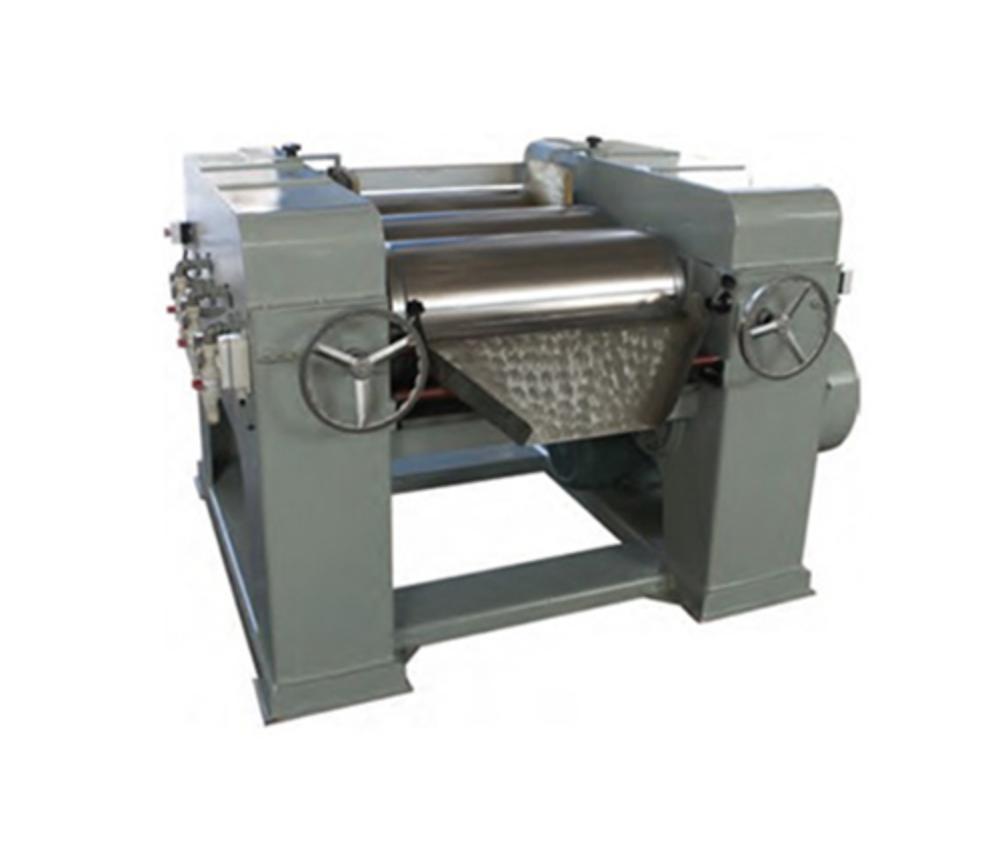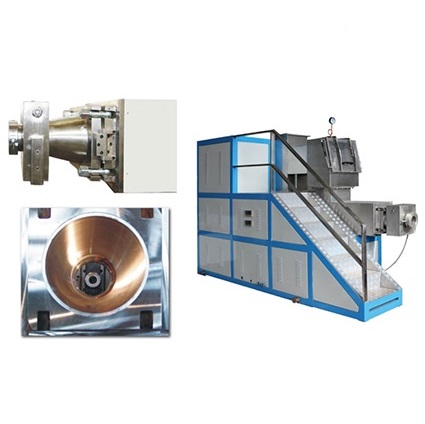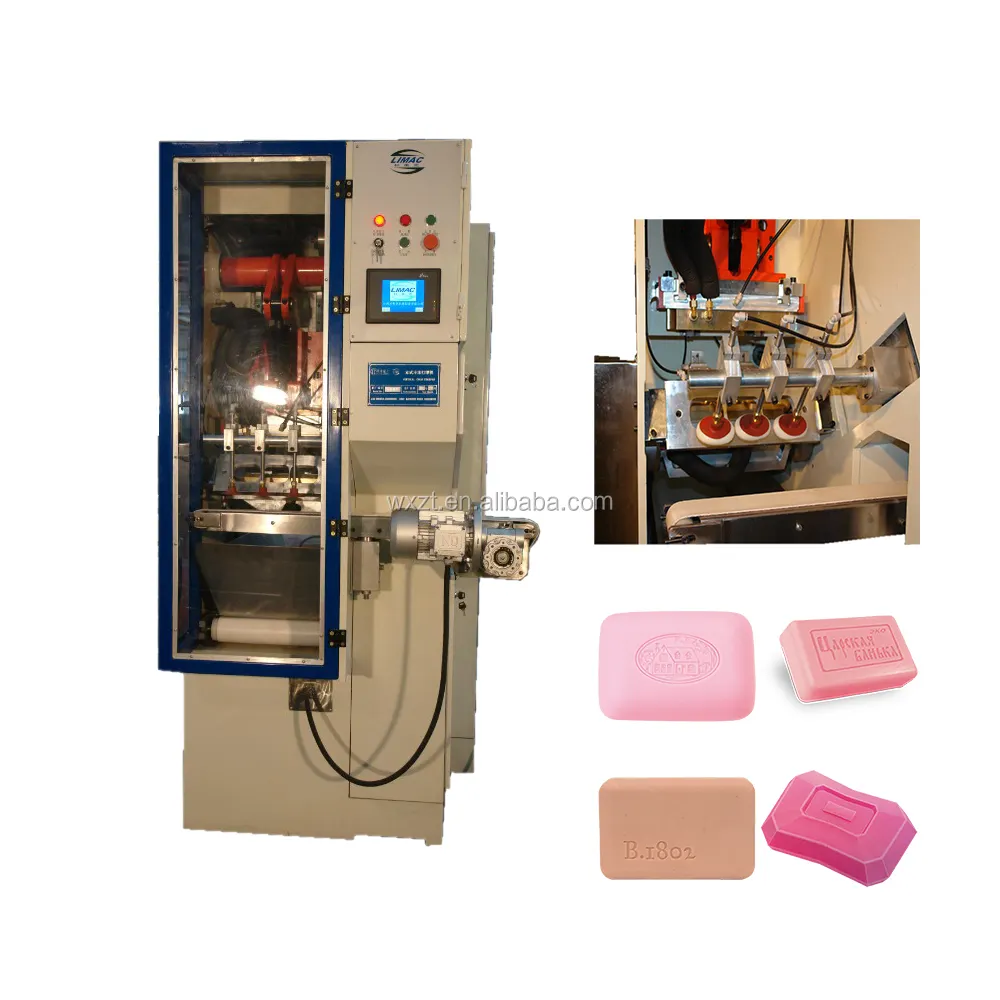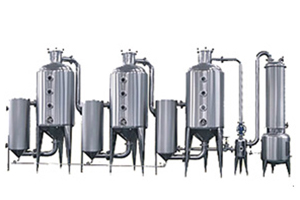Multifunction Stainless Steel Evaporator is suitable for evaporation of the liquid material and recovery of the organic solvent in pharmaceutical, foodstuff and chemical industry etc.
Key Features and Technology
- External Circulation Heating System
- Description: The equipment integrates an external circulation heating system with vacuum concentration technology.
- Advantages:
- Enhanced Evaporation Speed: The combination of external heating and vacuum conditions accelerates the evaporation process, improving throughput.
- Concentration Ratio: Achieves a concentration ratio of over 1.2, suitable for a variety of applications.
- Vacuum Concentration
- Description: Operates under vacuum conditions to concentrate liquid materials.
- Advantages:
- Homogeneous Finished Product: Ensures consistent and uniform product quality.
- Pollution Control: Minimizes contamination risks, maintaining product purity.
- Solvent Recovery: Efficiently recovers organic solvents, reducing waste and operational costs.
- Triple-Effect Co-Current Evaporation
- Description: Employs a triple-effect evaporation system to maximize the use of steam.
- Advantages:
- Energy Efficiency: Saves up to 60% of energy compared to single-effect evaporators.
- Simultaneous Concentration: Allows for the concurrent concentration of liquid materials in three stages, improving efficiency.
- Quick Opening Heater
- Description: The heater is designed with a quick opening mechanism for ease of cleaning.
- Advantages:
- Simplified Maintenance: Makes cleaning procedures faster and more efficient, reducing downtime.
- Automatic Draining System
- Description: Features an automatic draining system to handle liquid discharge.
- Advantages:
- Labor Reduction: Minimizes manual intervention, lowering operator workload and enhancing operational efficiency.
- PLC Control System
- Description: Equipped with a Programmable Logic Controller (PLC) for automated process control.
- Advantages:
- Automatic Regulation: Controls temperature, pressure, feeding, and discharging processes automatically.
- Precision and Reliability: Ensures accurate control and consistent performance with minimal manual adjustments.
- Multi-Stage Evaporation
- Description: Incorporates multi-stage evaporation (e.g., triple-effect) to enhance efficiency.
- Advantages:
- Maximized Steam Utilization: Utilizes steam more effectively, reducing energy consumption.
- Flexible Operation: Adaptable to different liquid materials and production requirements.
- Heat Transfer Efficiency
- Description: Designed to optimize heat transfer and minimize energy loss.
- Advantages:
- Reduced Energy Costs: Efficient heat transfer lowers overall energy consumption.
- Enhanced Performance: Improves overall operational efficiency.
- User-Friendly Interface
- Description: Features an intuitive interface for easy operation and monitoring.
- Advantages:
- Ease of Use: Simplifies operation and reduces training time for operators.
- Real-Time Monitoring: Provides real-time data on process parameters.
- Safety Features
- Description: Includes safety mechanisms to protect operators and equipment.
- Advantages:
- Overpressure Protection: Prevents damage from excess pressure.
- Leak Detection: Identifies and addresses potential leaks.
Applications
- Pharmaceutical Industry:
- Uses: Concentrating medicinal solutions, recovering solvents.
- Benefits: Ensures high purity and efficiency in drug production.
- Food Processing:
- Uses: Concentrating food extracts, recovering flavoring agents.
- Benefits: Maintains flavor and quality while reducing energy costs.
- Chemical Industry:
- Uses: Concentrating chemical solutions, solvent recovery.
- Benefits: Enhances production efficiency and minimizes waste.
- Environmental Technology:
- Uses: Treatment and recovery of industrial waste liquids.
- Benefits: Supports sustainable practices and reduces environmental impact.
Installation and Maintenance
- Installation:
- Site Preparation: Ensure a clean, level surface with adequate space for the equipment.
- Setup: Assemble and position the equipment according to manufacturer instructions.
- Calibration: Calibrate the system for optimal performance based on production requirements.
- Maintenance:
- Routine Cleaning: Regularly clean the heater, drum, and other components to prevent residue buildup.
- Inspection: Conduct periodic inspections to identify and address wear or damage.
- Lubrication: Lubricate moving parts such as gears and bearings to ensure smooth operation.
- Adjustment: Monitor and adjust operational settings to maintain performance and product quality.
